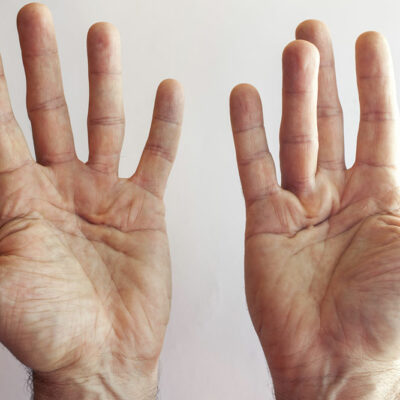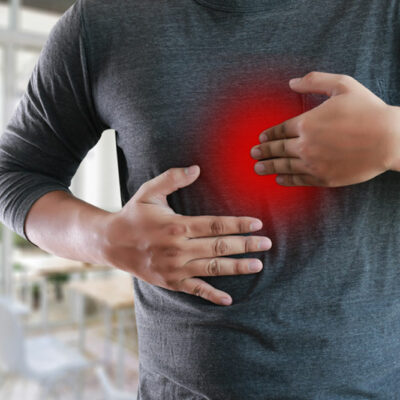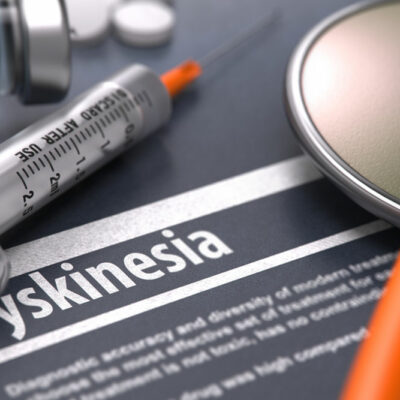
Everything You Need to Know about Osteoporosis
The term osteoporosis translates to “porous bones”, and is a disease in which your body either loses too much bone, or doesn’t make enough bone, or in some cases even both. This results in weakening of the bones. A minor bump, or sneezing can also cause injuries to the body. Women are more prone to being diagnosed with osteoporosis. How do you know you have osteoporosis? While many diseases can be diagnosed as its symptoms are experienced in the early stages, but with osteoporosis, one can experience little to no symptoms. It progresses slowly, making the condition severe over time. Some of the osteoporosis symptoms you need to watch out for are: Experiencing back pain Because of loss of bone density, you may have a fracture or a collapsed vertebrae. In this condition, back pain should be taken lightly as it can relate to your bone health. Loss of height As strange as this sounds, loss of height is one of the signs and symptoms of the onset of osteoporosis. This essentially denotes that your spine has been fractured making you unable to stand straight. Some of these spine fractures are painless so you may not recognize this sooner. Hence, you need to watch out for this osteoporosis symptom.





